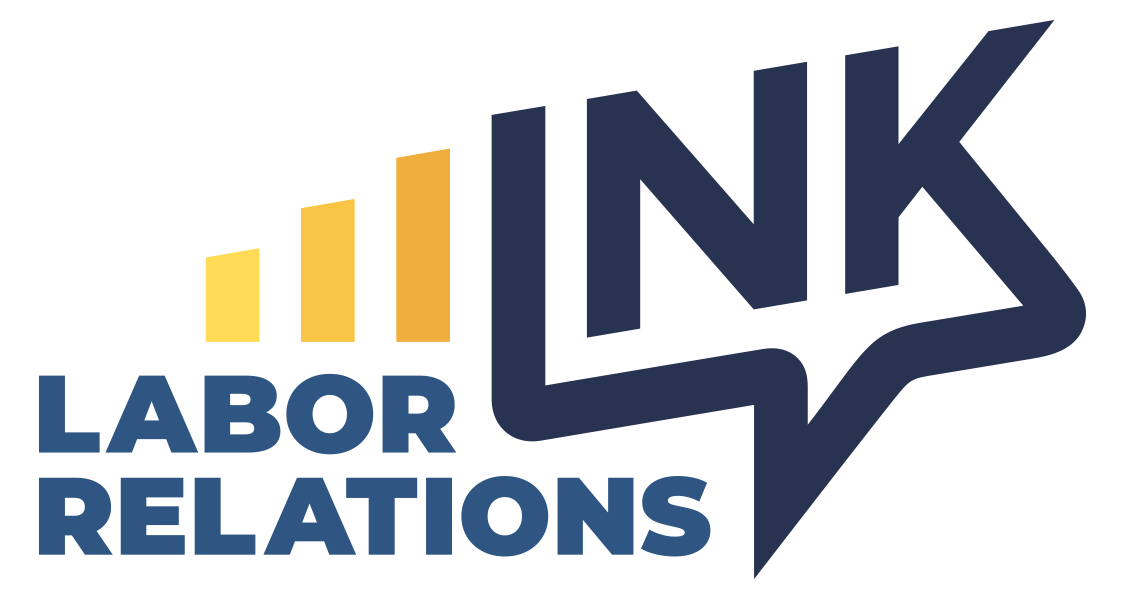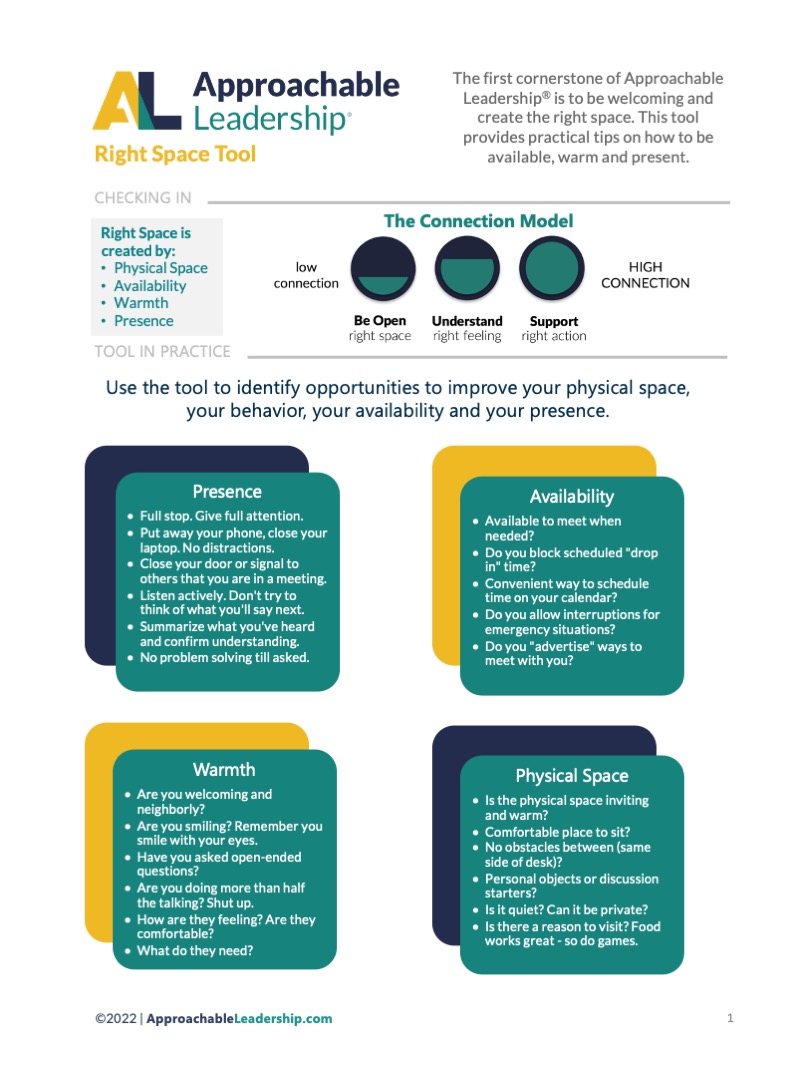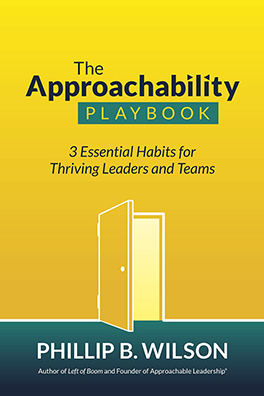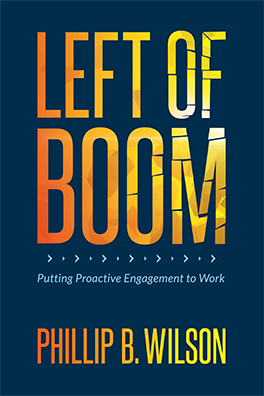Employee engagement is the foundation of a successful business. Like any building, a weak foundation can be a big problem. It’s expensive to fix and if it gets too bad you have to scrap the whole house. Worse yet, if you aren’t paying close attention your foundation can be dissolving beneath your feet and you not even know it.
As my friend Greg Hawks teaches, you may be creating a culture of “renters” instead of “owners” (people who take pride of ownership in their job and their organization). If you have created a “renter” culture, your people may be taking a jackhammer to your foundation when you’re not looking. And you provided the jackhammer.
Gallup’s research shows that actively disengaged employees cost companies $450 to $550 billion per year in the U.S. alone. Globally, “actively disengaged workers continue to outnumber engaged employees at a rate of nearly 2-to-1.” So what’s the key to moving those numbers in your favor – to building a strong foundation?
Greenbiz wrote a interesting article last month suggesting some answers to this question. While the article is worth a read, I part ways with them on some of their suggestions – 3 out of 4 to be exact. Greenbiz suggests:
- Strategy and leadership philosophy – “Although more businesses are beginning to recognize the central role of employee engagement, many senior managers still fail to ensure engagement is deeply connected to the company’s mission and growth strategy.”
Wrong: Starting with the company’s strategy and philosophy (or the “company mission” statement) is the opposite of engagement. Engagement is personal. It’s genuine. It’s one to one. Worry about the “personal mission” and you’ll find a connection. The connection to the “company mission” will take care of itself.
- Accountability and performance – “The most engaged organizations infuse engagement into their culture through the tone their leadership sets and the way employees and managers do their work.”
Wrong: Engagement is about being real and creating a safe place for people to express themselves every day. It’s not about slogans or manufacturing a “tone.” If people – especially leaders – feel like they have to put on a front they won’t be engaged themselves and they definitely won’t be engaging others.
- Communication – “Leaders in the best organizations find ways to communicate engagement’s impact on business performance throughout the year and share engagement tools and best practices within the organization.”
Wrong: Talking about engagement is not engagement. Just engage.Act. Talk to people about what is happening in their lives at work and outside of work. What are they excited about? What’s keeping them up at night? It’s not that these behaviors don’t have a positive impact on businesses (they absolutely do). But “communicating the impact of engagement” is about the least engaging thing I can think of.
- Development and ongoing learning opportunities – “The world’s best performing organizations start engaging employees from the minute they show up on the first day. These organizations have well-defined, thorough and ongoing employee development programs. They take personal and professional development seriously.”
Nailed it: People do their best when they are excited about making progress. Give them something to be excited about. Help them see and feel the progress they’ve made. Talk to them about the next steps on their journey. And absolutely do it the moment they walk in the door, not months (or years) down the road when they’ve already checked out.
The most important thing you can do to build a solid foundation? Be approachable. Create the right space. Interact in ways that creates the right feeling. Take the right action. These are the keys to building up a group of owners who will keep your foundation solid and strong.






